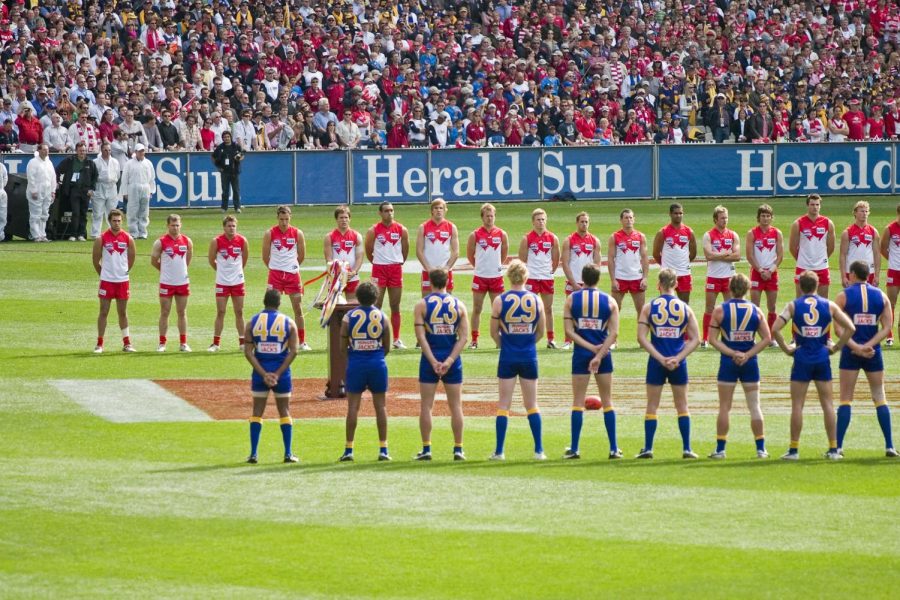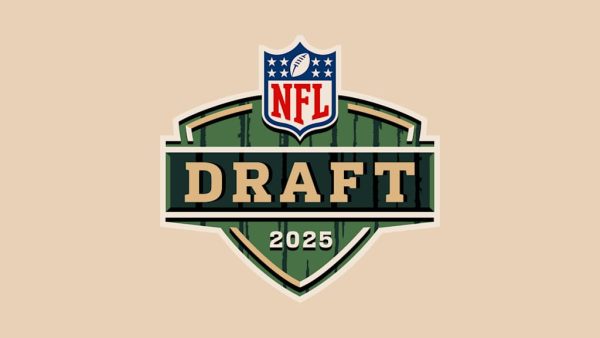Aussie Rules: The Most Popular Sport You Don’t Know Anything About
There was a super bowl on Saturday, Sept. 28, that nobody — in the United States, at least — knew about.
Australian Rules Football began its 2019 Grand Final match between Richmond and Greater Western Sydney on Sept. 28. It was the biggest game of the year in Australia, with more than 100,000 people filling the stands at the Melbourne Cricket Ground, and millions of people watching it from the luxury of their homes.
The game started off close, but Richmond ended up winning big: the final score was 114-25.
For any non-Aussie readers, Australian Rules Football, commonly referred to as Footy or AFL, is a sport that requires the strength of a rugby player and the endurance and speed of a pro soccer player. The sport is technical as well as incredibly physical. Unlike American football, players do not wear helmets or pads.
Throwing the ball is against the rules in AFL, so the main way to pass or score is by kicking it or by handballing the ball, which is essentially punching it forward to a teammate. Once your teammate kicks the ball to you, and the length of the kick is over 15 yards and you catch the ball, you are rewarded a free kick.
However, if you don’t mark (catch) the ball, the ball is live; that is when the action begins. When the ball is live, the pace picks up, tackling pressure picks up, and ball movement is quick until someone is able to kick the ball to a teammate and mark (catch) the ball again.
There are 18 players on the field for each team, and four on the bench. There are six defenders, six midfielders, and six forward players. There isn’t any offside rule, so all players can essentially run anywhere. The goal is to get the ball through uprights, similar to the goal posts on an NFL field.
Zach Mills, a PG defensive lineman for the Williston football team, thinks Australian football is a crazy sport. “It’s cool, it looks a lot like rugby to me, and it looks like fun,” he said. “They don’t wear pads, so that’s dope, but I don’t think I could deal with that big field though, all that running.”
Australian football was also in the news recently for an issue that has troubled NFL players: concussions. The New York Times investigated the issue, citing a neuropsychologist, Doctor Alan Pearce, who studied the ongoing AFL concussion crisis. He was able to measure the brain waves of former players to see if their brains were functioning properly.
Recently, more than 100 former AFL players accused the AFL of not taking better care of them. “We have players in there 50s and 60s with structural damage in their brains,” said Doctor Pearce.
Andrew Dillon, the AFL’s general counsel and general manager of player development said, “The AFL is committed to world leading management of head trauma in sport.”
Cooper is a PG from Australia. He likes to play basketball in his free time. He also likes to beat Wol in FIFA. He has four brothers and had kangaroos...












